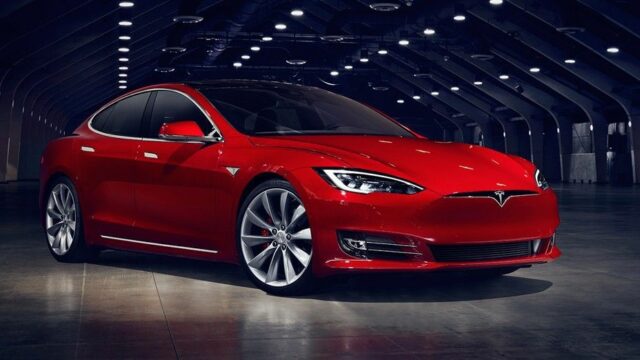Tesla keeps reporting worrying losses and missing delivery targets




Tesla is better at producing losses for investors than actually making cars for its customers. For every car assembled in the Q2 2016 (April – June 2016), Tesla lost a whopping $19,788, which amounted to a little over $285 million dollars in red ink. To make matters worse, in the same time frame, the American car company failed to meet its target of 17,000 cars delivered.
In total, between April and July of this year, 14,402 cars reached customers, which is 15% less than the company's self-imposed target. The base price for a Tesla Model S currently stands at $66,000, before incentives, which means the car company stands to lose almost a third of the sticker price for each car leaving the assembly line.
What's next?
The losses accumulated in the second quarter do not seem to have hampered the ambitions of Elon Musk, founder of the company, who recently announced plans to unveil an electric minibus and a semi truck. Also, for the second half of 2016, the company says the target of delivering 50,000 units remains on the table, but its ability to deliver on such ambitious promises seems highly unlikely.
The whole business model of the company founded by Elon Musk is under scrutiny. Investors showed concern in recent weeks after Tesla announced the $2,5 billion price for the acquisition of SolarCity, a company specialized in solar power systems.

The light at the end of the tunnel
More than 400,000 orders have been placed for Model 3, the company's first affordable electric car, which is expected to cost $35,000, before subsidies and incentives. Model 3 deliveries are scheduled to start in 2017, and the eager customers that have paid $1,000 for each reservation can only hope that the two-year delay that has plagued the brand's first crossover, Model X, will not happen again.
The success of Elon Musk's plans hinges on the Gigafactory. Placed in Nevada, US, the new factory has been partially inaugurated recently, and should produce up to 500,000 Lithium-ion battery packs a year, by 2020.
